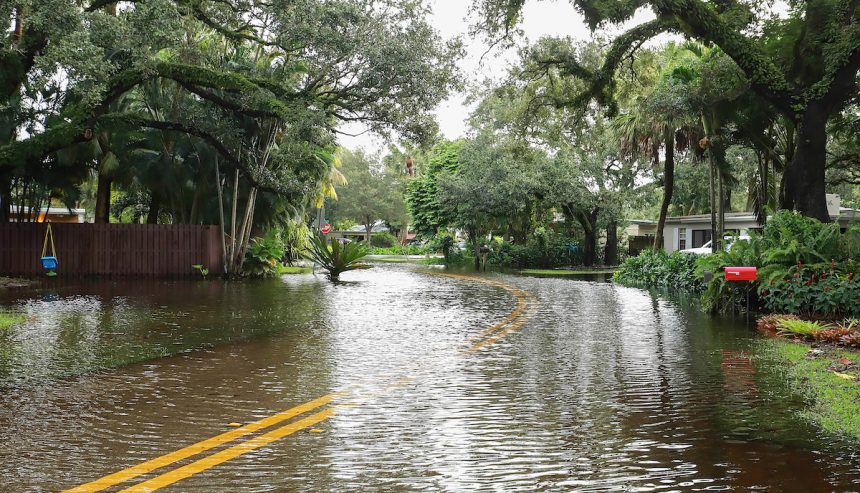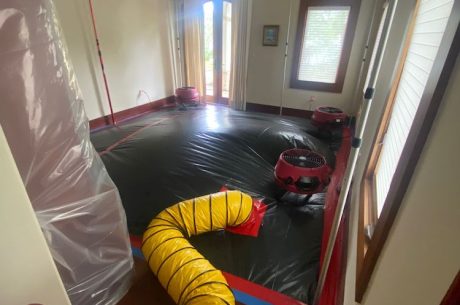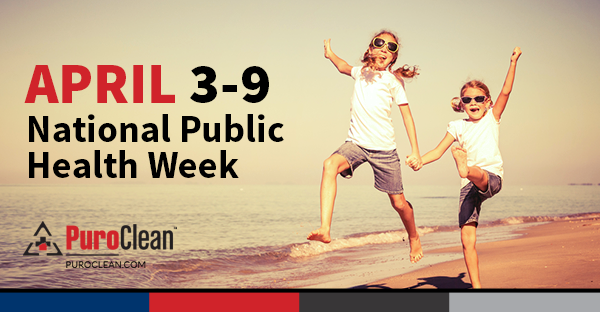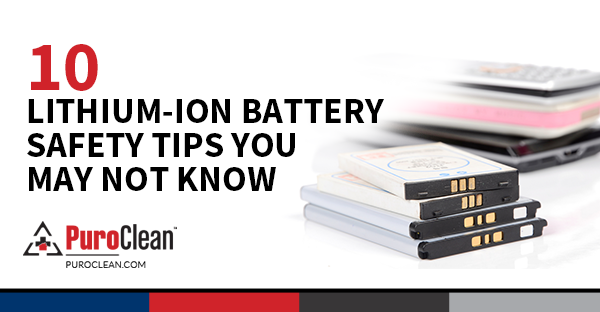Storm surge isn’t just a coastal threat. Learn how storm surge and inland flooding can impact Florida residents during hurricane season—and how to stay prepared. While you’re not on the coast, you’re not immune to the devastating effects of storm surge and heavy rainfall. The truth is: hurricanes don’t stop at the shoreline. As these powerful systems move inland, they can push dangerous floodwaters deep into neighborhoods and overwhelm stormwater infrastructure.
Storm surge isn’t just a coastal threat. Learn how storm surge and inland flooding can impact Florida residents during hurricane season—and how to stay prepared. While you’re not on the coast, you’re not immune to the devastating effects of storm surge and heavy rainfall. The truth is: hurricanes don’t stop at the shoreline. As these powerful systems move inland, they can push dangerous floodwaters deep into neighborhoods and overwhelm stormwater infrastructure.
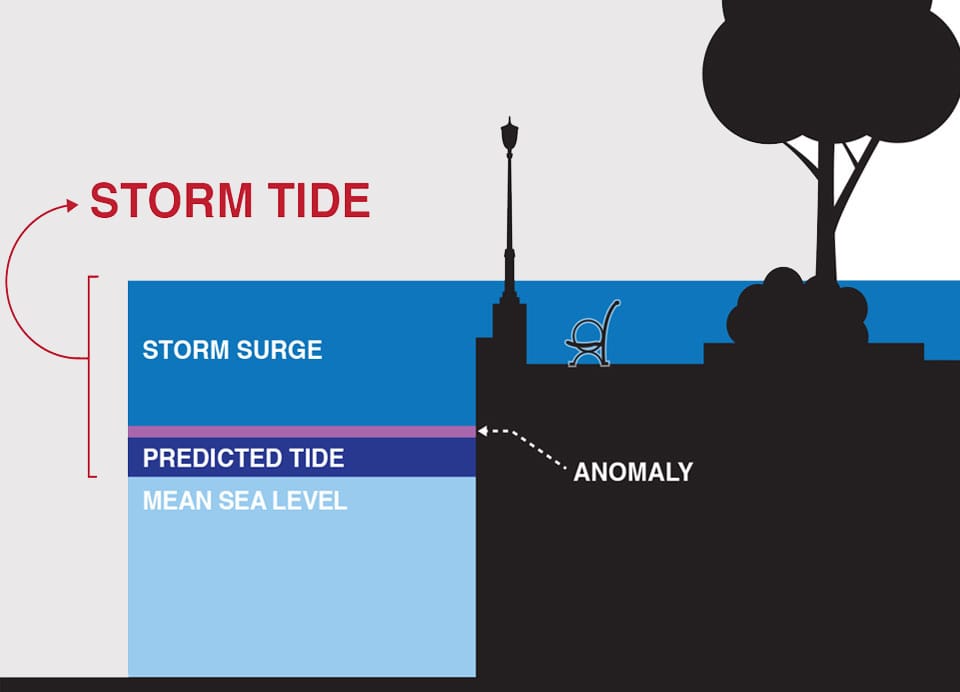
🌪️ What Is Storm Surge?
Storm surge is the abnormal rise in seawater caused by the strong winds of a hurricane or tropical storm. When these winds push ocean water toward the shore, they can raise water levels dramatically—often 10 feet or more above normal tides.
This surge becomes especially dangerous when it coincides with high tide, resulting in what’s known as storm tide. According to the National Hurricane Center, storm surge is the leading cause of hurricane-related deaths in the U.S. (source).
In densely populated Southeast Florida, where many communities sit less than 10 feet above sea level, the risk is severe.
🌧️ How Storm Surge Affects Aventura, Davie & Downtown Miami
➤ Aventura
Aventura’s location near the Intracoastal Waterway and Biscayne Bay makes it highly vulnerable. Surge can back up into canals, flood roads like Biscayne Boulevard, and affect even well-developed areas.
➤ Davie
While not on the coast, Davie is prone to urban flooding due to its flat terrain and canal system. Storm surge can cause water to rise in connected waterways and drainage systems, leading to dangerous inland flooding.
➤ Downtown Miami
With its mix of high-rise buildings and older infrastructure, Downtown Miami is a hotspot for both tidal flooding and storm surge. In 2017, Hurricane Irma caused significant storm surge flooding in Brickell and surrounding areas—even without a direct hit.
🗺️ Understand Your Flood Zone
Don’t assume you’re safe because you’re not right on the beach. Storm surge can travel up rivers, through canals, and across paved streets with poor drainage. Check your evacuation and flood zone by visiting your county’s emergency management website or the FEMA Flood Map Service Center.
Evacuation zones in Miami-Dade and Broward counties are based on storm surge modeling, not wind speeds—so even tropical storms can trigger evacuation orders.
✅ How to Prepare for Storm Surge in Southeast Florida
🧰 Create a Hurricane Kit
Have supplies ready for 3–7 days, including:
- 1 gallon of water per person, per day
- Non-perishable food
- Flashlights and batteries
- Phone chargers and power banks
- First aid kit and medications
- Pet food and supplies
- Copies of insurance documents in a waterproof container
For more detailed lists, visit ready.gov/hurricanes.
🏠 Protect Your Property
Flooding from storm surge can cause catastrophic structural damage and mold. Minimize your risk by:
- Installing storm shutters or boarding windows
- Sealing low windows and garage doors
- Using sandbags at entry points
- Elevating valuable items and electrical systems
- Checking that sump pumps and drains are clear and functional
If you live in a high-rise or condo, speak to your building management about emergency plans and flood barriers.
🚗 Plan for Evacuation
Evacuation can be chaotic during peak hurricane times. Plan ahead:
- Know multiple evacuation routes from your area
- Keep your car’s gas tank at least half full
- Arrange accommodations outside the evacuation zone
- Pre-register for shelter assistance if you have medical needs
- Don’t forget supplies and carriers for pets
❌ What NOT to Do During Storm Surge and Flood Events
- Don’t underestimate water depth. Just six inches of moving water can knock you over; two feet can carry away cars.
- Don’t tape windows. It doesn’t prevent shattering and can cause larger glass shards.
- Don’t use a generator indoors. Always run it outside to avoid carbon monoxide poisoning.
- Don’t delay. If an evacuation order is issued, leave immediately.
🔧 After the Storm: What Comes Next
Even after the skies clear, storm surge and flooding leave behind lasting damage. If your property has flooded:
- Avoid re-entering until officials give the all-clear.
- Take photos of all damage for your insurance company before cleanup.
- Wear protective gear when inspecting your home—floodwater can contain chemicals and bacteria.
- Don’t touch electrical systems until inspected by a professional.
🛠️ PuroClean of Southeast Florida Can Help
Flood damage can lead to serious mold growth, structural problems, and contamination. That’s where PuroClean comes in. Our emergency response teams are trained to:
- Extract standing water
- Dry and dehumidify affected areas
- Perform mold remediation
- Clean and sanitize your space
- Restore contents and rebuild damaged structures
We’re available 24/7 throughout hurricane season and beyond.
📣 Final Thoughts: Don’t Wait for the Warning
Storm surge doesn’t wait for beachfront homes—it finds the weak points in every system. Whether you’re living in a waterfront high-rise or a suburban neighborhood inland, now is the time to prepare.
At PuroClean of Aventura, Davie, and Downtown Miami, we’re here to help you plan, respond, and recover—no matter what the storm brings.
📞 Contact Us Today:
- Website: www.puroclean.com/aventura-fl-puroclean-aventura
- Phone: 954-233-1100
Stay safe. Stay alert. Trust PuroClean.
